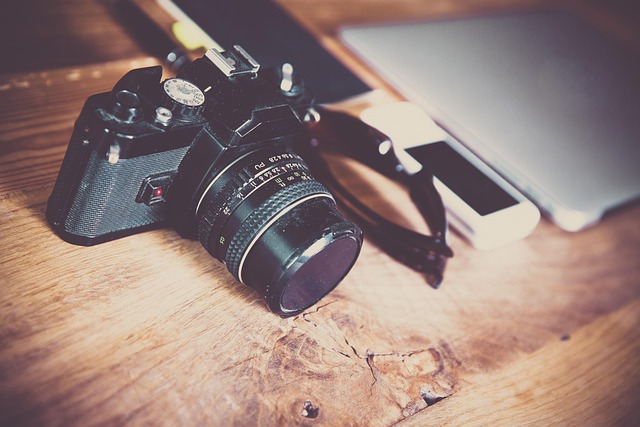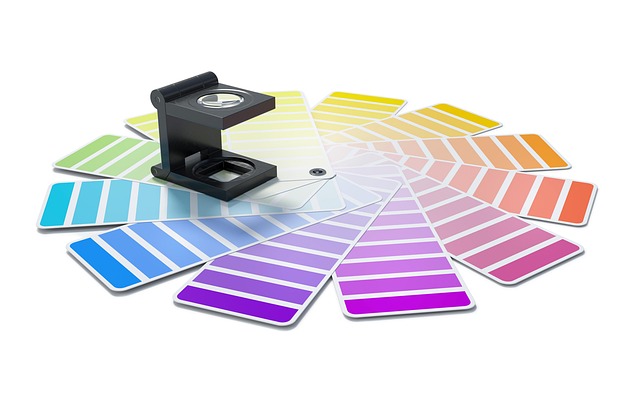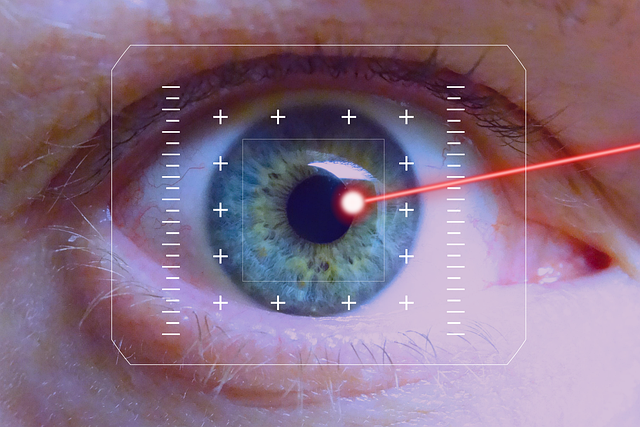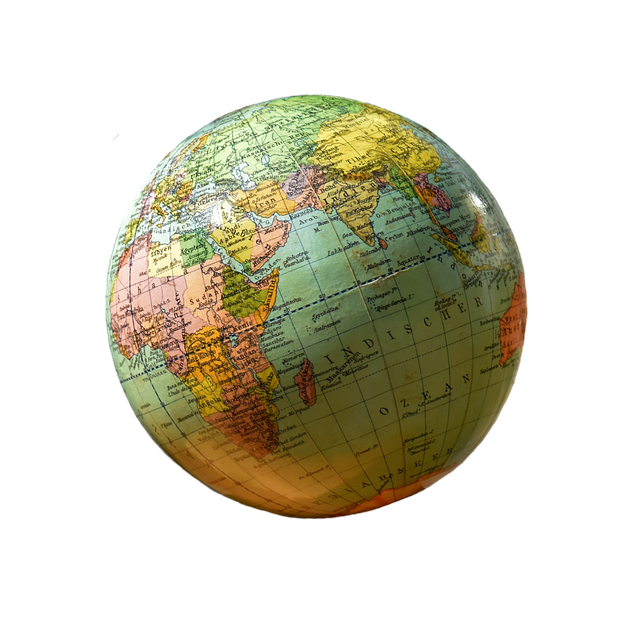In the world of visual storytelling, the camera is not merely a device that captures moments; it is an artistic partner that translates the unseen into a tangible narrative. From the earliest daguerreotypes to the latest mirrorless systems, the evolution of camera technology has paralleled the shifting tides of design philosophy and artistic expression. Understanding how a camera functions as a lens of interpretation—both literally and metaphorically—offers a deeper appreciation for the creative possibilities that photography provides to designers, artists, and visual storytellers alike.
From the Birth of Photography to Modern Art
The journey began with Joseph Nicéphore Niépce’s experimental attempts in the 1820s, culminating in the first permanent photograph in 1826. Early cameras were bulky, mechanically simple, and required long exposures, yet they opened a new avenue for visual documentation. As the 19th century progressed, the introduction of the box camera, and later the Leica in the 1920s, allowed greater mobility and flexibility, inviting photographers to experiment with composition and style.
During the 20th century, camera technology became a catalyst for movements such as Surrealism, where artists used the device to create dreamlike sequences, and later, Pop Art, which celebrated everyday objects through bright, bold images. Each technological leap—from the development of color film to the advent of digital sensors—expanded the toolkit for designers to explore texture, form, and narrative with unprecedented precision.
Camera as an Extension of the Artist’s Vision
When a camera is in hand, the photographer enters a dialogue with light. This dialogue is mediated through aperture, shutter speed, and ISO—parameters that allow an artist to sculpt the scene. Aperture controls depth of field, letting the subject stand out against a soft backdrop. Shutter speed can freeze a fleeting motion or blur it to convey movement. ISO adjustments bring out detail in low light, offering a palette of grain that can be either a deliberate aesthetic or a necessary compromise.
“The camera is an instrument of time,” wrote Henri Cartier-Bresson, reminding us that each frame is a captured instant, a frozen story that invites viewers to interpret its context.
Design Principles Applied to Photography
While photographers may not consciously design their images in the same way architects design structures, the underlying principles of balance, contrast, rhythm, and unity remain central. Composition is perhaps the most evident link: the rule of thirds, leading lines, and negative space—all are tools that help a camera frame a visual poem.
Contrast, both tonal and color, draws attention and guides the viewer’s eye. By deliberately placing a saturated color against a muted background, a photographer can create focal points that resonate with design sensibilities. Rhythm is achieved through repetitive patterns or the repetition of shapes, establishing a visual beat that feels natural and engaging.
Color and Mood: The Palette of the Lens
Color in photography functions much like a designer’s palette. Warm hues can evoke intimacy and comfort, while cooler tones might suggest detachment or professionalism. A camera’s sensor captures light across the visible spectrum, but how that light is processed—whether in-camera, through RAW files, or post‑processing—determines the final emotional impact. Many designers employ color grading techniques to unify disparate shots into a cohesive collection that tells a single, compelling story.
- Identify the emotional tone desired for the narrative.
- Choose a color scheme that aligns with that mood.
- Adjust white balance and saturation to reinforce the chosen palette.
Light: The Silent Artist
Natural light offers a wealth of textures and shadows, but controlled studio lighting allows a camera to sculpt a scene with precision. The interplay of fill light, key light, and backlight creates dimensionality, turning a flat surface into a three‑dimensional experience. A thoughtful lighting setup is akin to a designer’s understanding of how materials and textures interact in a space.
Furthermore, lighting can be used to create mood. Harsh, high‑contrast lighting might be chosen for dramatic portraits, while soft, diffused lighting is preferable for fashion shoots seeking to highlight fabric details. The camera’s role is to translate these subtle cues into visual language that aligns with the intended design narrative.
Perspective and Scale: Shifting the Viewpoint
Perspective is a powerful storytelling tool. By adjusting the camera’s position—low, high, or at eye level—a photographer can alter the viewer’s perception of the subject. Low-angle shots can make an object appear more dominant and powerful, while high-angle shots might suggest vulnerability or oversight. A thoughtful choice of perspective can thus reinforce the thematic message of a design project.
Scale is equally important, especially when depicting architecture or product design. In‑situ photography often requires a camera to capture a large structure within a single frame, while macro photography reveals minute details that would otherwise be invisible. Both approaches demonstrate how a camera can serve as an instrument of scale, bridging the gap between the micro and macro worlds.
Analog vs. Digital: The Debate of Texture and Authenticity
The debate over analog versus digital photography is often framed in terms of authenticity and texture. Film offers a grainy, organic feel that many designers find appealing for concept work or editorial shoots. Digital sensors, on the other hand, provide instant feedback, higher dynamic range, and the ability to manipulate images in ways that film cannot match.
In practice, many designers blend both mediums, using film to capture a raw, emotive essence and digital tools to refine and adapt the image to various media formats. The camera, therefore, becomes a hybrid instrument—one that honors tradition while embracing technological advancements.
Future Trends: AI, Computational Photography, and Immersive Storytelling
As we look forward, cameras are becoming more than just capturing devices; they are evolving into platforms for creative exploration. Computational photography leverages software algorithms to merge multiple exposures into a single image, expanding the dynamic range and reducing noise. This technology empowers designers to produce images that were once impossible with conventional optics.
Artificial intelligence is now being integrated into cameras for scene recognition, real‑time composition suggestions, and even predictive focus. Designers can harness these features to accelerate their workflow, allowing more time for conceptual development rather than technical adjustments.
Moreover, immersive storytelling is emerging through 360° photography and virtual reality. Cameras capable of capturing panoramic views allow designers to craft interactive experiences that invite audiences to step inside a narrative. The intersection of camera technology and design promises to blur the lines between observer and participant.
Conclusion: The Camera as a Collaborative Partner
From its humble beginnings as a mechanical curiosity to its current role as a sophisticated creative tool, the camera has consistently served as a bridge between vision and reality. Designers and artists use the camera to explore light, color, texture, and form, turning every frame into a deliberate statement. The relationship between camera and design is one of partnership: the camera offers the means to translate abstract ideas into visual expressions, while the designer guides the camera’s operation to achieve a specific aesthetic or narrative goal.
In an era where visual communication dominates every facet of culture, the camera remains indispensable. Its capacity to adapt, innovate, and collaborate with design disciplines ensures that visual stories will continue to evolve, resonate, and inspire audiences worldwide.




